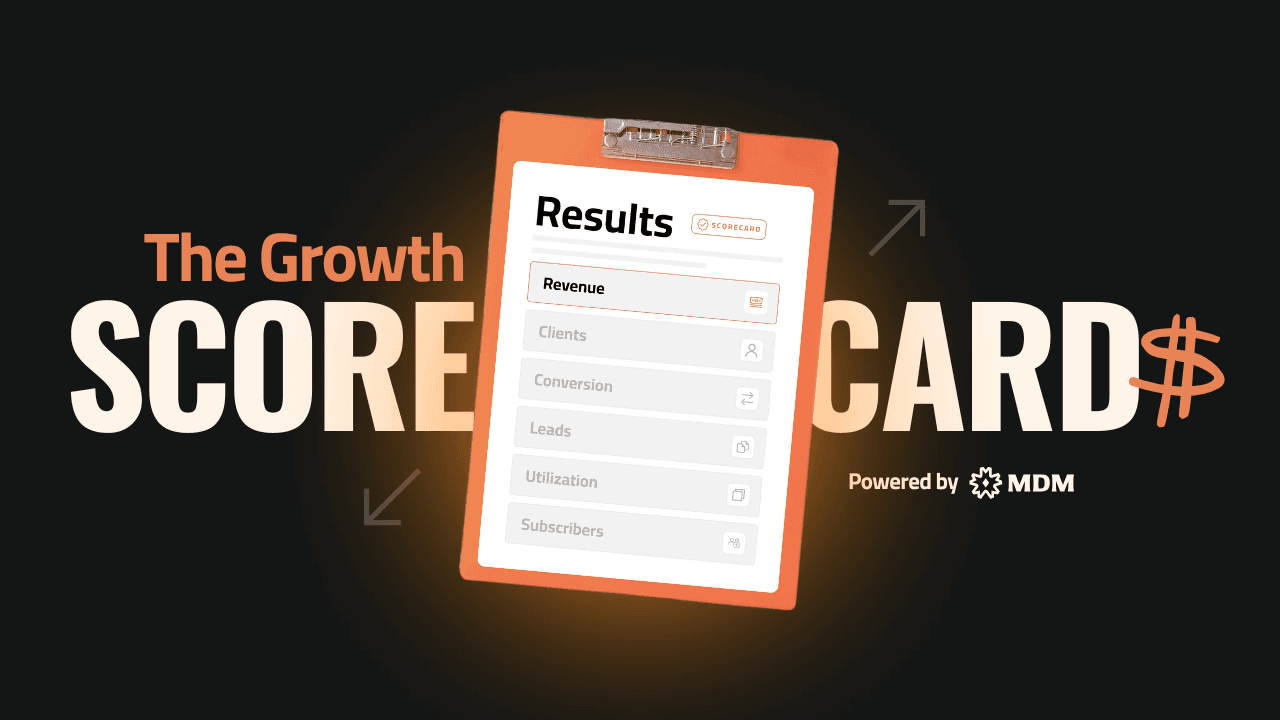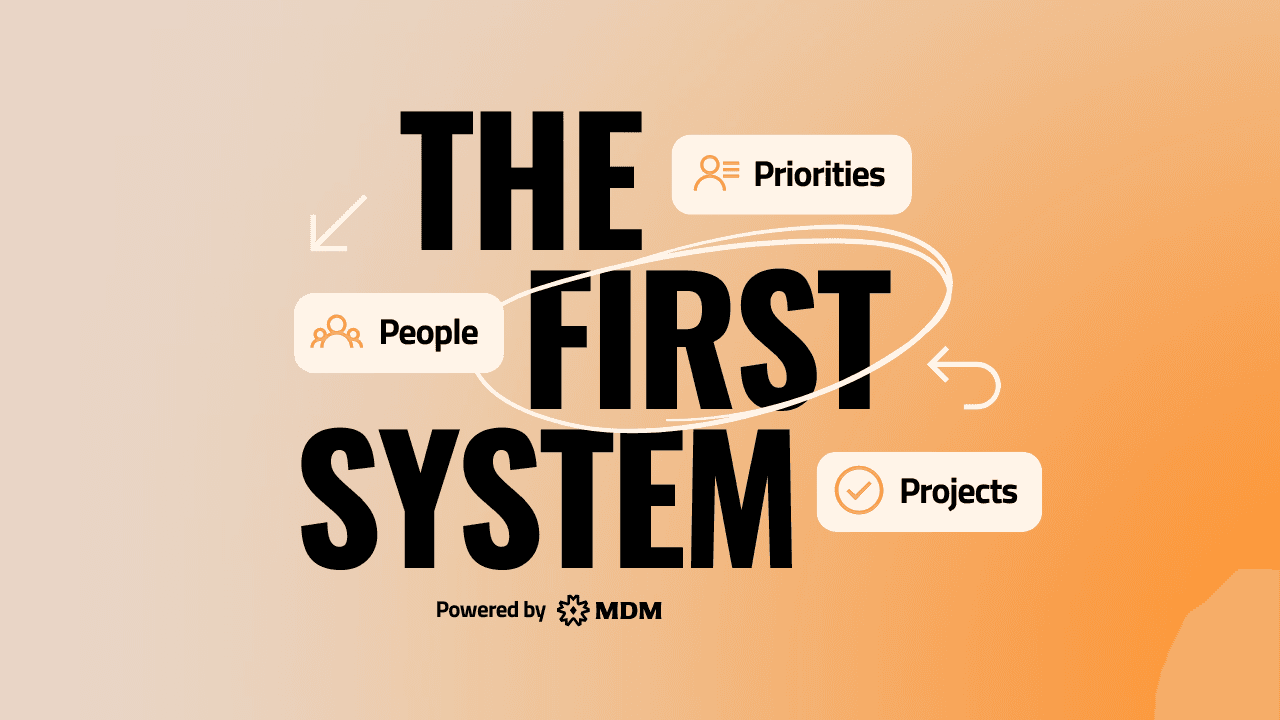Segmenting your audience ensures that you’re engaging with people at the right level of commitment
Posted on Apr 7, 2025
Tailor your Message for Communication Momentum
You’ve spent time crafting your message, building your brand, and making offers to your ecosystem.
But effective communication isn’t just about calling out—it’s also about listening to the call back.
Segmenting your audience ensures that you’re engaging with people at the right level of commitment, so you can tailor your approach to their needs. Instead of shouting into the void, you’re having a structured conversation where both sides are in sync—like a well-rehearsed dance or a beautifully orchestrated meal.
This blog recipe will walk you through how to categorize your audience into four key levels, configure your systems to track engagement, and optimize your focus to maximize impact.
The Background: The Dance Between You and Your Audience
Your audience isn’t a monolith. Some are just stepping into your world, curious but cautious. Others are fully bought in, eager to share your work with their network. To connect effectively, you need to recognize where each person stands.
We use the Four E’s of Audience Engagement to map this journey:
Eager – These are the people signing up for your lead magnets, downloading your free content, and expressing early interest. They want to learn more but aren’t yet committed.
Engaged – They’ve taken the next step, setting up calls, attending workshops, and actively considering working with you.
Enrolled – These individuals have made an investment. They’ve signed a contract, purchased a ticket, or committed to a program.
Enthusiastic – Your biggest advocates. After experiencing your work, they are now sharing it with their network.
Every person in your ecosystem exists at one of these four levels, and your job is to recognize where they are and provide the right next step.
The Ingredients: The Tools to Segment Your Audience
To effectively track and organize your audience, we use two critical tools:
1. Tags
Tags are labels assigned to contacts based on specific actions. They help you categorize people based on their behavior. For example:
If someone downloads your Growth Scorecard, you tag them as 0.TGS.1.Registered
When they complete it, they get 0.TGS.2.Completed
This gives you visibility into who is merely interested vs. who has taken action.
2. Segments
Segments group contacts based on a set of tags, helping you quickly see which level of engagement they’re at. For example:
Eager includes anyone who has opted into free content.
Engaged includes people who have scheduled calls or attended workshops.
Enrolled consists of active clients.
Enthusiastic includes past clients who are now referring others.
By combining tags and segments, you create a structured ecosystem where you always know who you’re engaging with and where to focus your efforts.
The Steps: Implementing Your Audience Segmentation System
Step 1: Define Your Audience Segments
Review your ecosystem and map out where your current audience fits within the Four E’s framework. This may involve going through your CRM or email list and categorizing contacts based on past interactions.
Step 2: Assign the Right Tags
For every lead magnet, event, or purchase, define the tags that will help you track engagement.
Example: If someone attends a free webinar, they get a tag like 0.Webinar.1.Attended
If they book a follow-up call? 1.Engaged.2.BookedCall
Step 3: Create Audience Segments in Your CRM
Once tags are applied, set up automated segments in your CRM that update as people move through different levels of engagement. This allows you to:
See how many people are in each stage.
Adjust your marketing efforts accordingly.
Focus on the people most likely to convert.
Step 4: Adjust Your Outreach Based on Engagement Levels
Once your segments are live, tailor your communication:
Eager → Engaged: Invite them to take a deeper step (book a call, attend an event).
Engaged → Enrolled: Provide case studies, testimonials, and personalized offers.
Enrolled → Enthusiastic: Encourage referrals, offer partner programs, and deepen relationships.
Step 5: Analyze & Optimize
Regularly review your audience segmentation data to see where bottlenecks exist. Are too many people stuck in the "Eager" phase? Maybe your nurture sequences need improvement. Are referrals low? Perhaps you need a structured partner program.
Preparation Notes: Maximizing Impact with Your Audience Segmentation
Focus on Warm Leads: Instead of trying to convince everyone in the Eager phase to take action, spend more time nurturing Engaged and Enthusiastic individuals.
Leverage Technology: Use automation tools to assign tags and update segments dynamically, ensuring your system runs smoothly.
Monitor the Call Back: Engagement isn’t just about what you send out; it’s about what you receive in return. Pay attention to how people are responding and adjust accordingly.
Closing: What’s Your Next Move?
Now that you have the framework for audience segmentation, take a moment to evaluate where your ecosystem stands today.
Do you have a clear partnership program?
Are you tracking and tagging client interactions?
How can you start segmenting your audience effectively?
If you’re ready to implement this at a deeper level, set up a call with our team, and we’ll walk you through the process of optimizing your ecosystem.
Until then—keep moving.







